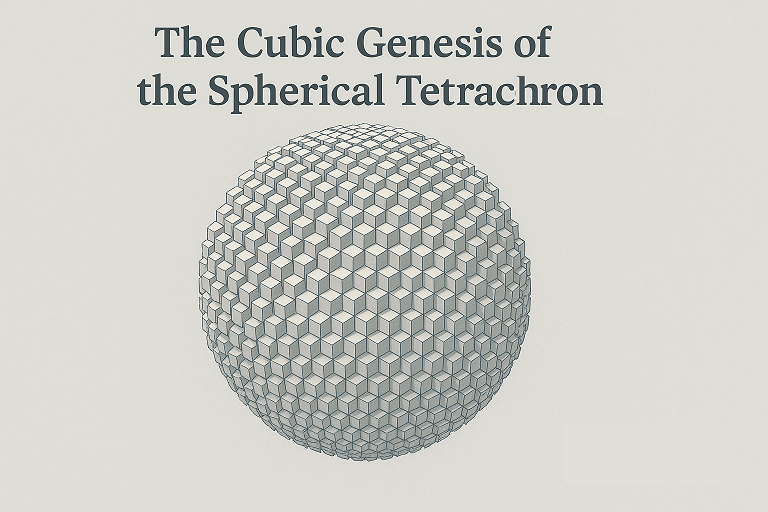

4. Physical Interpretation — Equal Pressure and Curved Generation
The cubic filling can be interpreted as the microscopic structure of 4D space under isotropic pressure:
Each cubic unit experiences identical tension in all directions.
The curvature of the 4D sphere arises from the gradual compression of cubes toward the boundary, where geometric constraints bend the discrete grid.
The fourth dimension www represents a gradient of generative pressure, rather than a linear direction.
Hence, the hypersphere forms where the expansion of cubic volumes achieves perfect equilibrium — a balance of creation rather than mere extension
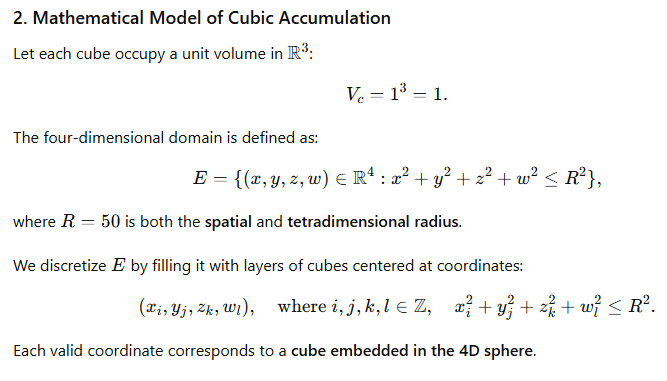

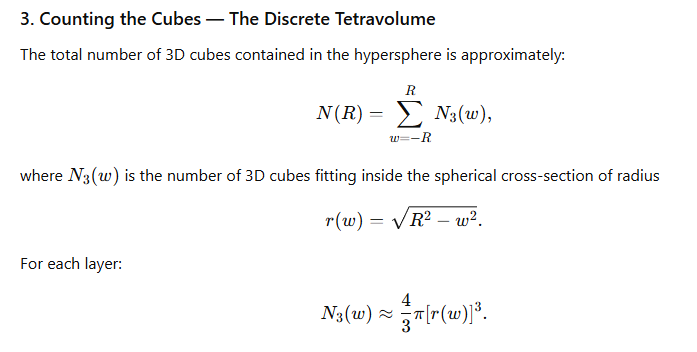

6. Conceptual Meaning
This model reveals that the Tetrachron is a geometry of generative balance, where the universe could be viewed as a tetradimensional equilibrium formed by the accumulation of discrete volumetric quanta.
The cube represents the unit of spatial measure.
The sphere represents the limit of isotropic curvature.
The fourth dimension w represents the field of expansion through which cubic volumes accumulate.
Thus, the Spherical Tetracron expresses a profound geometric law:
When cubic space expands under equal pressure in all directions, it generates a hyperspherical continuum — the 4D equilibrium of creation.
7. Conclusion
The Cubic Spherical Tetrachron merges the discrete and the continuous:
a universe of unit cubes arranged in perfect isotropy, forming a hypersphere of radius 50 in the fourth dimension.
It is both mathematical and physical — a 4D space whose curvature, symmetry, and balance arise directly from the simple act of accumulating identical volumes within a finite boundary of equilibrium.
The Generative Geometry of the Spherical Tetrachron
According to the Tetrachron Principle
César A. Valencia Z., October 2025
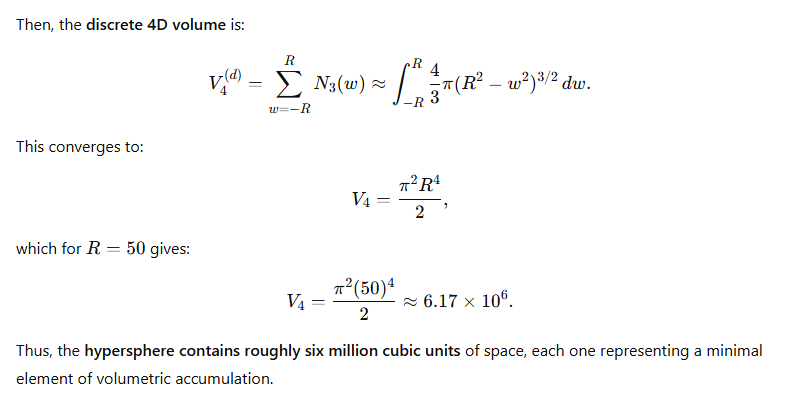

1. Introduction — Discrete Accumulation and Spatial Pressure
The Tetrachron Principle postulates that a four-dimensional solid can be constructed by the progressive accumulation of 3D volumes along a generative coordinate w.
In its spherical version, this accumulation occurs isotropically: the 3D cubes expand and organize themselves under equal pressure in all directions, producing a four-dimensional equilibrium sphere — the Spherical Tetrachron.
Formally, we describe it as an aggregation of unit cubic cells (1×1×1) distributed within a spherical boundary of radius R=50 in both 3D and 4D coordinates.
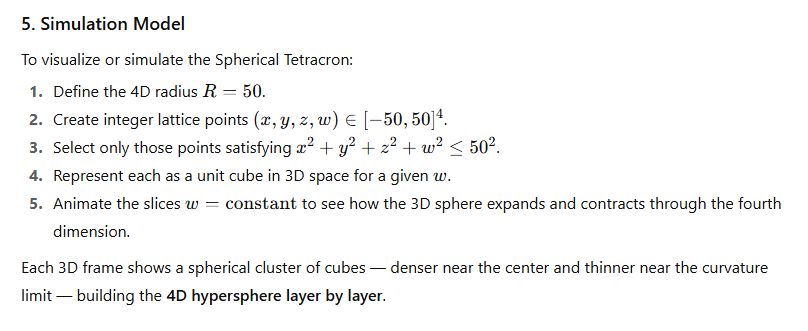

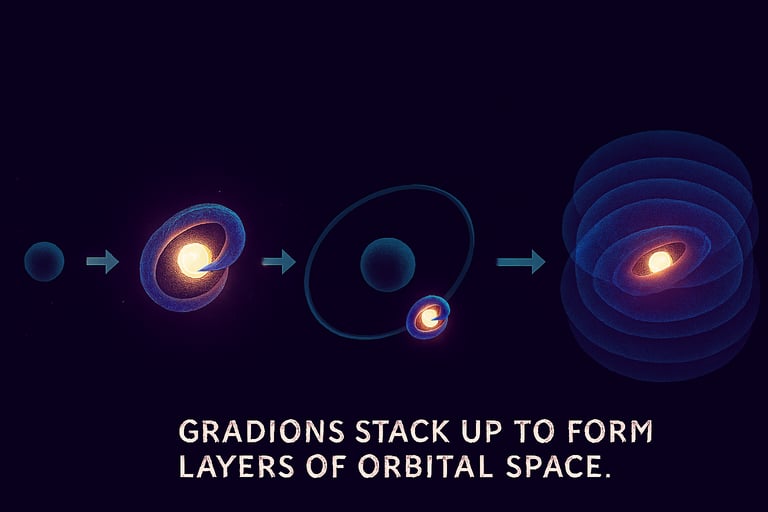

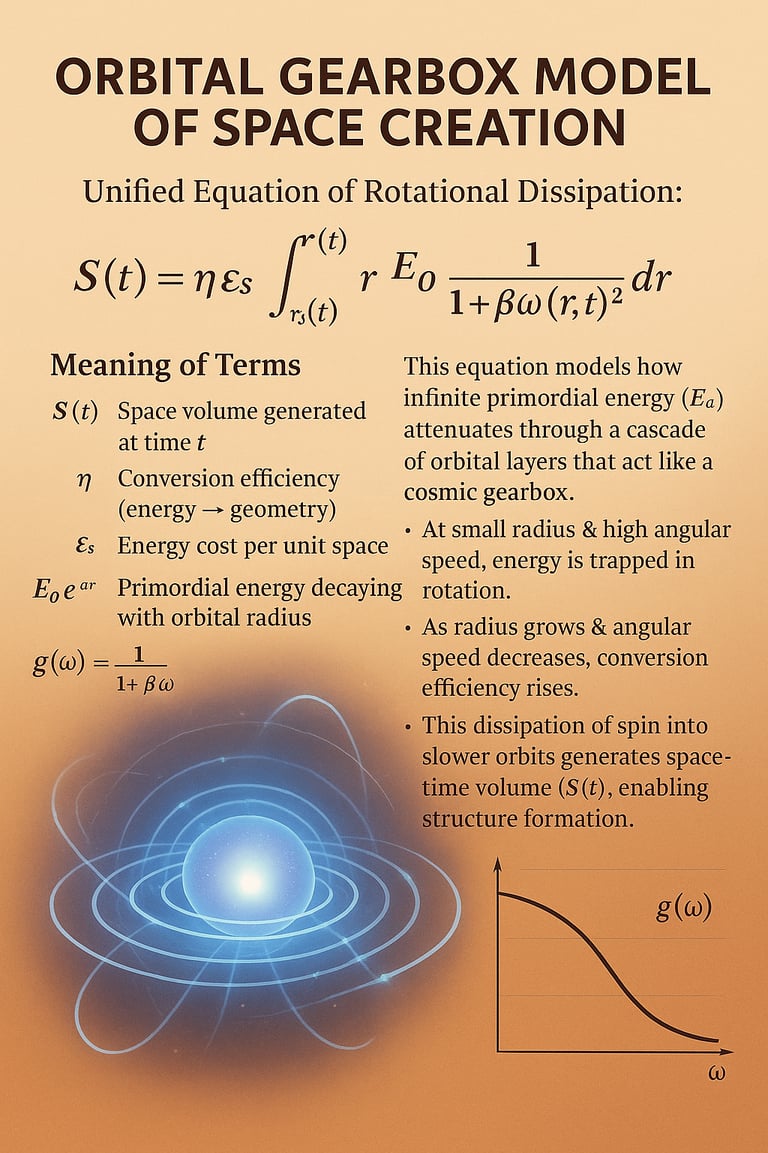

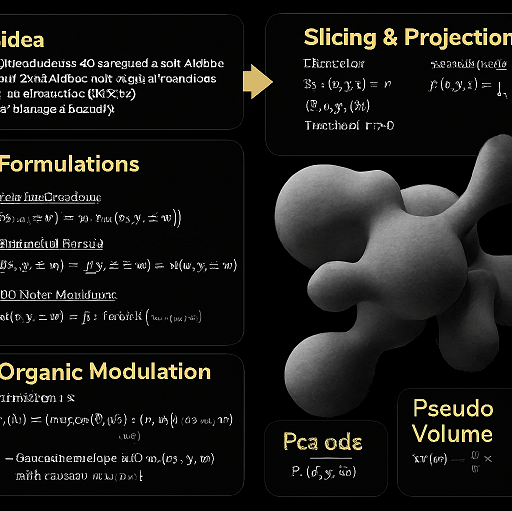

Explore geometry 4D
Immerse yourself in the fourth dimension and discover a new perception of time and space.
Dimensión
Exploreing geometry of fourth dimension.
Math
space
avcesar58@hotmail.com
© 2025. All rights reserved.